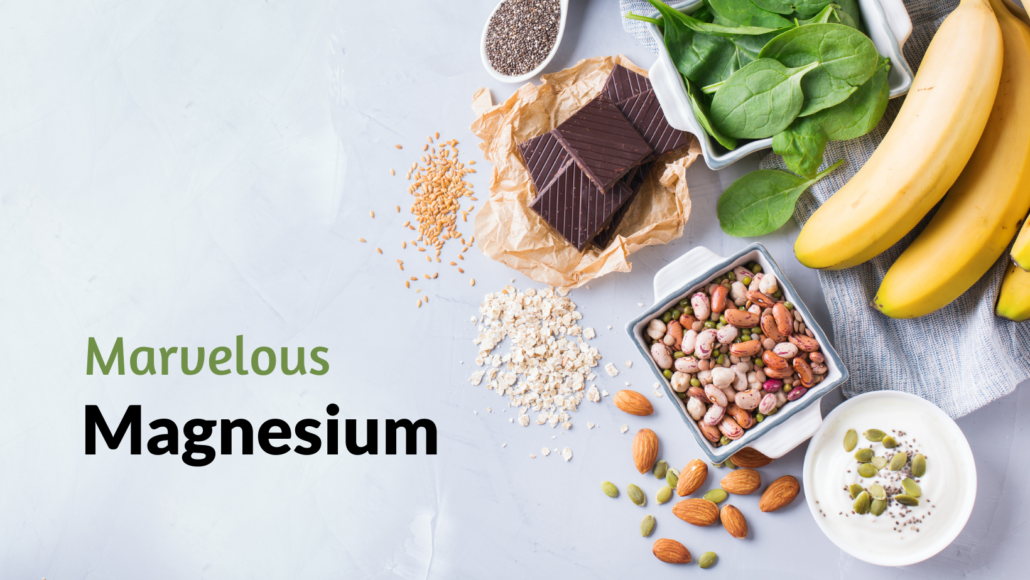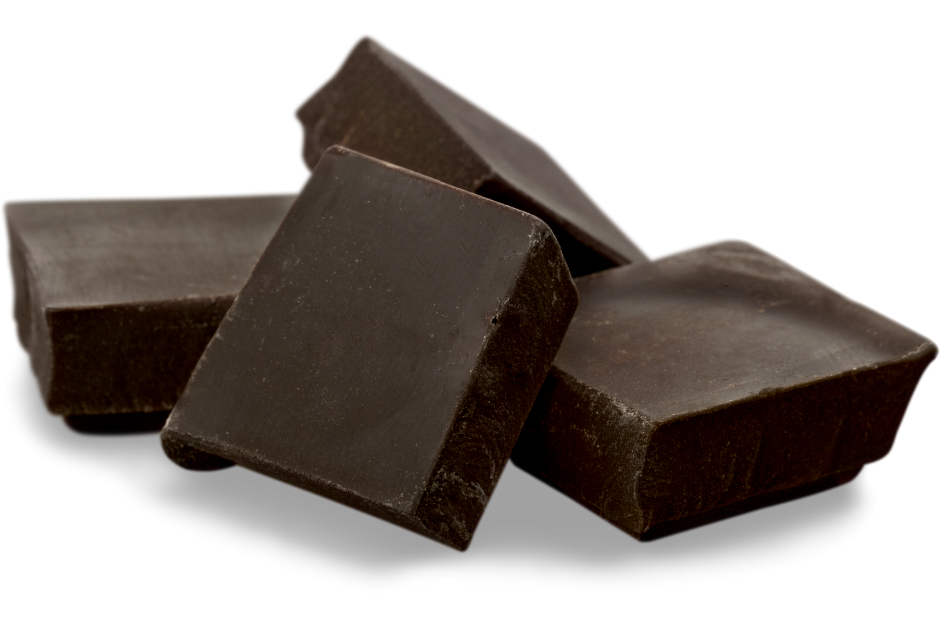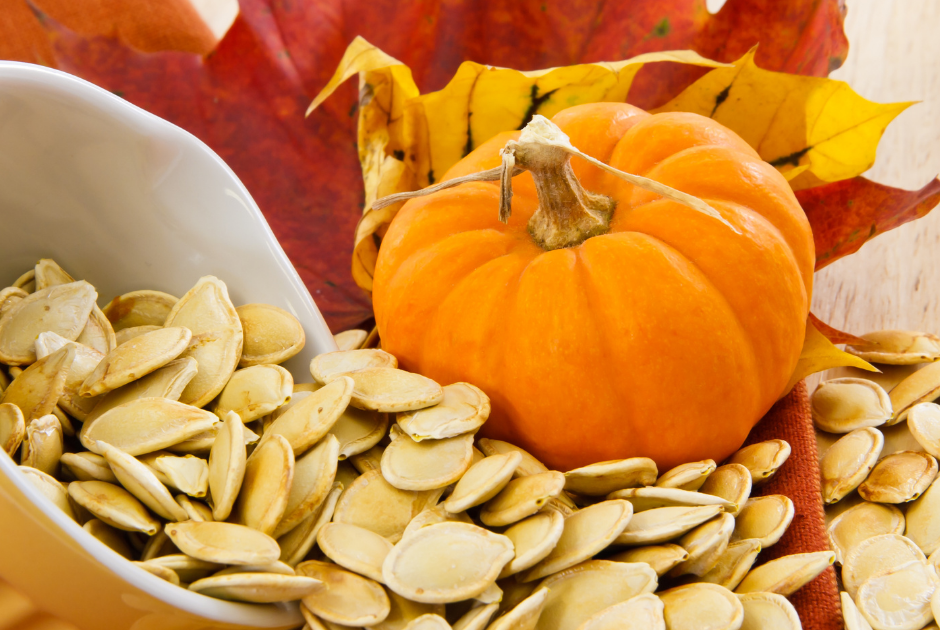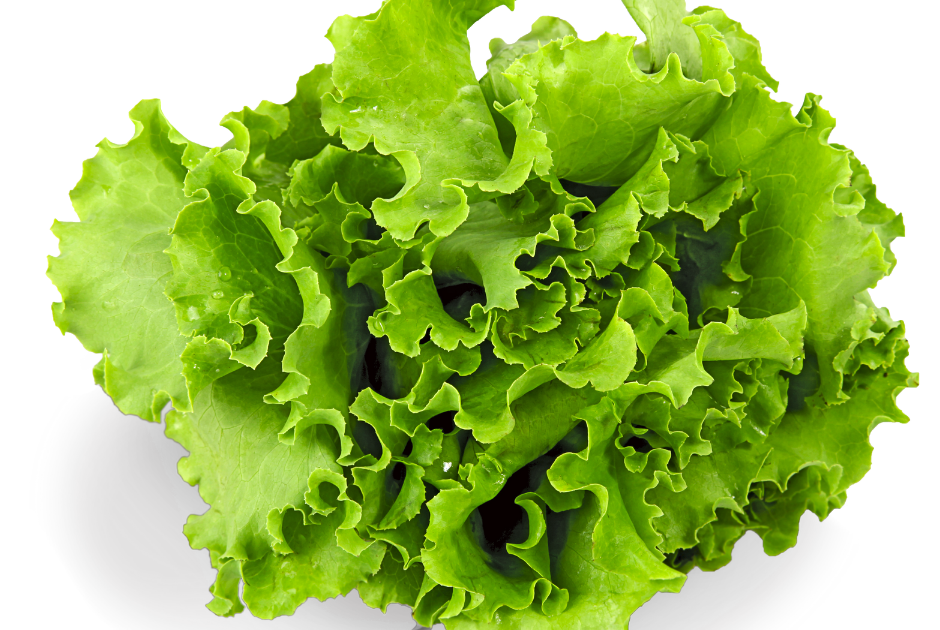
Magnesium
Magnesium deficiency is on the rise. As we continue to eat more processed foods and less whole foods we become more deficient in nutrients that are vital in helping to keep the immune system strong. Not getting enough nutrients can also lead to chronic disease and symptoms.
Magnesium is the fourth most abundant element in the body. Our blood only holds 1% of the total magnesium found in our body therefore testing the blood for magnesium deficiency is challenging. 99% of magnesium resides in our bones, muscles, and other tissues. When we are deficient these parts of our body can suffer.
Due to the increase of certain medications, nutrient depletion in soils, and the vast intake of processed foods many people have or are at risk for a magnesium deficiency, including yours truly. I suffered from magnesium deficiency years ago. My naturopathic doctor based this on symptoms, diet, and lifestyle. I began a rigorous supplementation along with dietary changes and within a few months, many of my symptoms decreased.
How do you know if you might be suffering from low magnesium? If you aren’t eating foods packed with magnesium on a fairly regular basis, if you have chronic digestive issues, and if you are one of the many people taking certain medications regularly then you may be suffering from a magnesium deficiency.
Symptoms of Magnesium Deficiency May Include:
- Fatigue
- Sleep issues
- Brain fog
- Depression
- Anxiety
- Muscle or joint pain
- Leg cramps
- Headaches or migraines
Magnesium-rich foods:
Dark Chocolate
Chocolate is a good source of magnesium however it needs to be a dark chocolate variety, low in sugar and other additives. Eating a conventional milk chocolate candy bar will defeat the purpose. Most candy bars are filled with additives, high in sugar, and other chemicals. These can actually add to your symptoms. Make sure you eat a high-quality, low sugar, high cacao content chocolate bar to reap the magnesium benefits.
a conventional milk chocolate candy bar will defeat the purpose. Most candy bars are filled with additives, high in sugar, and other chemicals. These can actually add to your symptoms. Make sure you eat a high-quality, low sugar, high cacao content chocolate bar to reap the magnesium benefits.
Nuts and Seeds
Pumpkin and sunflower seeds are loaded with magnesium. Chia seeds and flaxseed are also good sources of magnesium. I love adding chia seeds to my baked goods, smoothies, and salads.
are also good sources of magnesium. I love adding chia seeds to my baked goods, smoothies, and salads.
Almonds, cashews, and brazil nuts are higher in magnesium as well.
Leafy Greens

Specifically, in the leafy green category, spinach and kale are high in magnesium. Adding just a few leaves a day toa salad or smoothie can help increase magnesium levels.
Legumes
Pinto Beans, black beans, and peanuts all offer an impressive amount of magnesium.
More Ways to Increase Magnesium
In addition to increasing foods rich in magnesium, there are other ways to boost magnesium levels. Here are a few of my personal favorites
Epsom Salt Soak (a bath blitzed with 1-2 Cups of Epsom Salt))
Sources
https://www.everydayhealth.com/diet-nutrition/what-are-the-signs-and-symptoms-of-magnesium-deficiency/
https://www.ncbi.nlm.nih.gov/pmc/articles/PMC5786912/
https://www.medicalnewstoday.com/articles/epsom-salt#benefits




